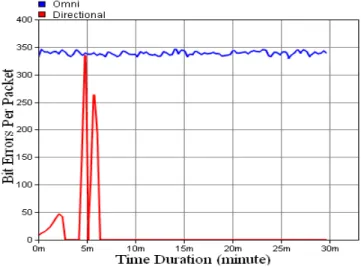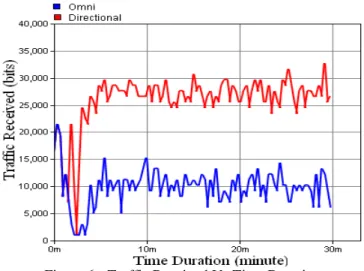AN ANTENNA SELECTION FOR MANET NODES AND CLUSTER HEAD GATEWAY IN INTEGRATED MOBILE ADHOC NETWORK
Texto
Imagem




Documentos relacionados
We are going to the study the performance of system by using the antenna mounted over broadcaster (as isotropic, directional and full cone) and at the receiver
In this paper, we consider an uplink multiple-antenna Code-Division Multiple-Access (CDMA) system linking several multiple-antenna mobile users to one multiple-antenna base-station.
Then the routing paths are selected by connecting all the cluster head nodes using the minimum spanning tree with degree constraint that minimizes the energy consumption for
De- sign of smart antenna systems combines the technologies of antenna design, signal processing, and hardware implemen- tation.. In this paper, a propose of smart antenna structure,
In Network layer two main operations are performed in MANET one is Adhoc routing another one is Data packet forwarding, the layer which provides mobile nodes one hop
For achieving the highly directional antenna we have designed an array of proximity coupled antenna and achieved a bandwidth of 19% and directivity 10.1088dB which is
In this paper, we have proposed a new technique to distribute the role of cluster head among some of the wireless sensor nodes based on their residual
Further the network lifetime, in terms of number of nodes dead after each simulation, of the proposed algorithm has greater span than the LEACH protocol, even on changing
